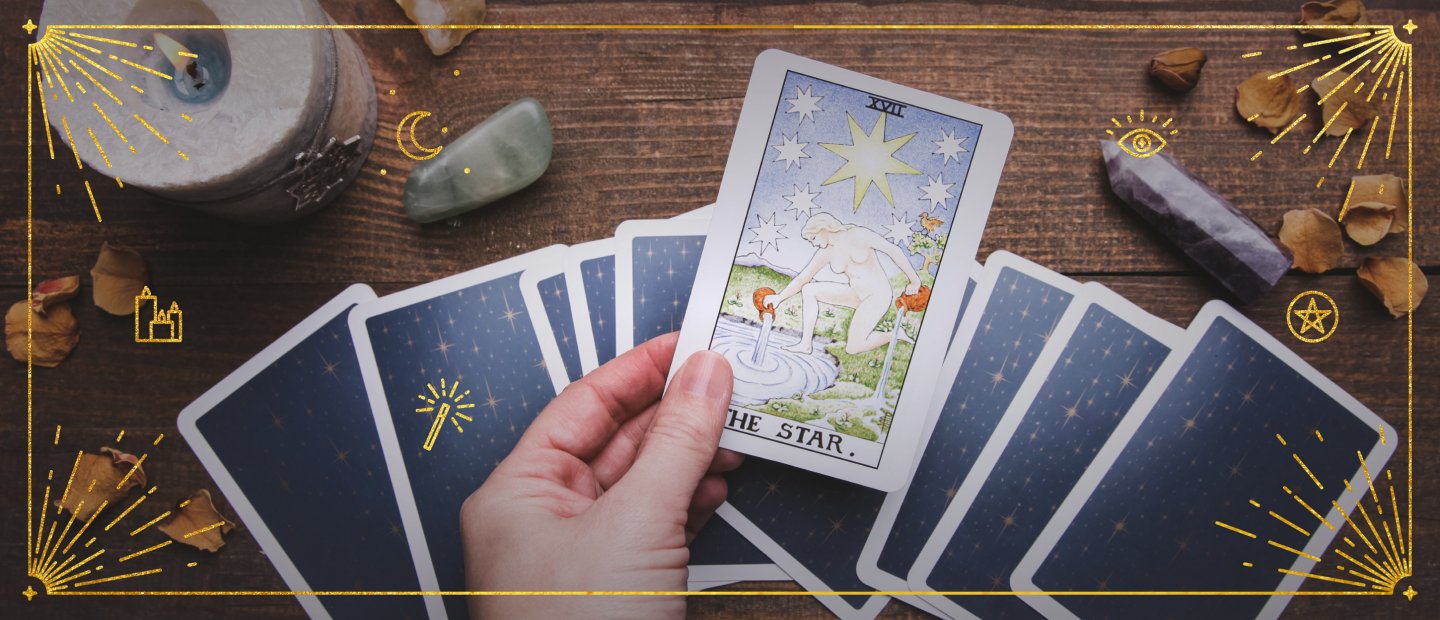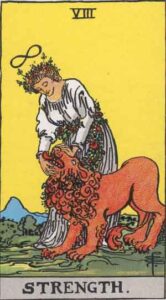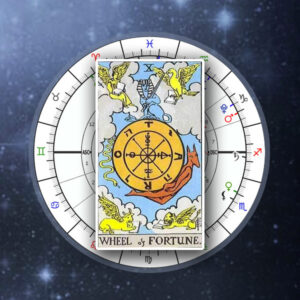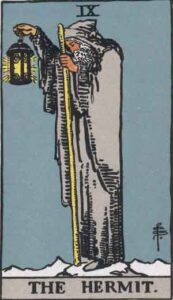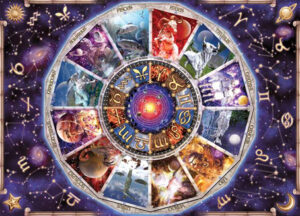Tarot 101: How Tarot Card Readings Work
The nature of the universe and how it functions is still a mystery that no human being can comprehend. No one knows what the future holds for them. Yet, the great mystery of the unknown is one that people have sought to unravel since the dawn of time. Such a pursuit helps them in their natural search for meaning, in their lives, and life in general.
Tarot tells stories about people’s lives and how they might improve theirs.
Some people seek the help of mediums, psychics, numerologists, and astrologers to comprehend and solve their life difficulties because of their anxiety and fear of the unknown. In line with this, mediums utilize a variety of approaches to provide interpretations for their clients, one of which is the use of tarot cards, a divination tool.
So, what exactly is tarot card reading, and how does it work?
This article will help you learn the essentials of tarot card reading.
Contents
A Brief Background on Tarot Cards
Although no one is certain, most experts believe Tarot cards originated in Egypt and India. However, its use may get traced centuries back in Europe. Today, the standard tarot deck is based on the Venetian tarot, with 78 cards divided into the Major Arcana (22) and Minor Arcana (56).
In essence, the 22 Major Arcana cards read major life events, and the 56 Minor Arcana cards read minor and everyday life events. The cards get arranged in chronological order to show main and minor themes that emerge over time.
Furthermore, the Minor Arcana cards are divided into four tarot suits, each focusing on a distinct area of life. These include Wands, Cups, Swords, and Pentacles. Sexuality, vitality, passion, and creativity are all represented by Wands.
Cups are known as the love suit because they represent feelings, emotions, and intuition. The Swords represent your ideas, deeds, and words. Finally, Pentacles encompasses the world’s materialism, including money, wealth, and career prospects.
On the other hand, Major Arcana cards strongly influence tarot card readings and demand more attention from the reader.
Explaining Tarot Card Reading
As previously said, diviners use a variety of divination tools, one of which is Tarot Cards. Each card in the deck has its interpretation, which you cannot deduce on your own, necessitating the use of a certified tarot reader. Keep in mind that various readers will use different methods of interpretation.
Many people remain skeptical about tarot card reading, doubting how randomly selected cards can have any connection to their life and everything that is going on in them. To address this, most professional tarot readers explain that tarot cards do not tell you what you should do or how your life will unfold in specifics.
It is, however, a tool to enlighten you about the options available to you and the implications of each choice based on the path you choose. As a result, the interpretation you receive from the reading should neither alarm nor excite you. Instead, it should assist you in regaining control of your life and providing clarity so that you can make informed decisions.
To get the most out of your tarot readings, keep an open mind, arrive prepared, and do not lie.
If you want to become a tarot card reader, keep in mind that, like any other job, tarot reading involves basic skills, knowledge, and experience that you may gain over time. A good card reader should be familiar with the meanings of the cards, have good communication skills, be skilled in at least three tarot card spread methods, and correctly interpret the concerns of their clients.
Moreover, tarot reading certification courses are available online. These online courses provide a solid foundation for learning and practicing tarot reading.
How to Read Tarot Cards
You will come up with a question that you would like to answer before the tarot card session begins.
The question you pose will allow the reader to provide you with an interpretation. The reader will then properly shuffle the deck of cards before laying them out in a tarot card spread. Depending on the interpretation you seek, the reader will employ any spread format.
For one, the ten-card spread, popularly known as the Celtic Cross Spread, is a prominent spread method. It is employed to provide a full interpretation to answer the question you are asking.
In addition to the ten spread, there are a few other common spread options, including:
- The three-spread
- The five-spread
- The 7-day spread
- The 12-month spread
Keep in mind that each card’s position has a distinct and significant meaning.
The majority of individuals prefer to get tarot card readings in person. Suppose this is not possible, especially with the ongoing global events. In that case, you can opt for online tarot readings, which are simple to use and offer various benefits, such as access to a large number of tarot readers, privacy, and convenience.
Tarot Reading FAQs
This section will answer the subject’s most frequently asked questions to dive deeper into understanding tarot card reading.
Question 1: How must one read and give meaning to the cards they pull?
A guidebook is included with every tarot deck to help with interpretation. However, the goal is not to develop a single, precise meaning or interpretation of the card’s message. Contrarily, you must take advantage of this opportunity to use your “intuitive muscle” and consider how a particular card applies to many aspects of your life.
Question 2: What process is recommended for pulling and addressing the cards?
For beginners, here is a simple step-by-step guide for pulling and addressing cards:
- Take out your tarot deck.
- In your hand, hold the cards. Take a few deep breaths and ask your spirit guides or whoever you feel is communicating on your behalf to accompany you during the reading. You should request clear signals from your guides that will assist you in achieving your best destiny path.
- To disseminate your energy throughout the deck, “knock” or tap the pile of cards many times while still holding the cards in your hand.
- Shuffle the cards thoroughly.
- Cut the cards into three heaps, then reassemble them into one.
- Now that you have jazzed up the cards, you are ready to begin the reading.
- Lay the cards out on the floor or on a table.
- Choose the cards that appeal to you.
- Finally, consult the manual as well as your intuition.
You must clean the deck if the cards are brand new or new to you, meaning someone else has used them previously before giving them to you. You want to clear the energy of others and replace it with your own. To begin, cleanse the cards with sage smoke. Then go through the deck and touch each card. You can also stare at the image on the card for a minute and concentrate on it to help you attune. If you choose this attunement method, repeat this action with each card.
Question 3: Is it necessary to begin with a reader, or is it possible to realistically read for oneself?
It is generally a good practice to have mentors and incorporate learning methods before making your own. Accept what you need and discard the rest – people process intuitive information in various ways. Beginners should also seek expert tarot readings to learn about the procedure. Moreover, there are also in-person courses on how to study the fundamentals of tarot.
You should have a fundamental comprehension of what you are doing because you are accessing someone’s energy field. If you have been drinking or using drugs, do not read your tarot or anyone else’s tarot. When you are not in the appropriate state of mind, it is possible that unwanted energy may enter your area or that you will provide erroneous messages.
Question 4: Should someone only pull one card or several?
Pulling cards depends on the format employed by the reader. Generally, these are the recommended methods:
- Training Wheels: Take one card from the deck and look it up in the guidebook to see what it means. Before picking the card, ask: “What is the message I need to hear today?” Moreover, before you begin practicing with others, read for yourself.
- 10-Speed: You can choose from a variety of spreads. You can usually find traditional card spreads in the guidebook. To receive a quick visual demonstration of how a spread works, Google image search “tarot card spreads.” Choose the option that most appeals to you. To begin, try these two simple spreads:
- Three-Card Reading: Pull three cards: One for past, present, and future.
- The Week Ahead: Pull seven cards from the deck. Before flipping the cards over, pick which card represents each day of the week. For more information, consult your guidebook once more.
- Fixie: Take a few deep breaths to clear your energy field and focus without using a guidebook, and then pick as many cards as you feel are appropriate. What part of the card appeals to you the most? Is it a word, a number, a picture, a color, or the overall meaning of the scene? This opportunity offers you the chance to be still and listen, observe, or feel the message. Trust your intuition and let the message unfold naturally around you.
You can always ask your spirit guides to send you a sign in your everyday life to validate what you sensed in your card reading after pulling a card for yourself. It could be in the form of a random chat, something you read, or a snapshot you see online. Around the initial information you gained from the reading, start seeking patterns and looking for recurring themes.
Question 5: How do you keep a deck charged or healthy? Is there tarot card maintenance?
Professional tarot card readers frequently have two decks at their disposal: one for their readings that no one else touches and another for client readings. In general, a professional tarot card reader has the following to say regarding tard card maintenance:
- Regularly Sage it.
- Keep it on your altar.
- Place crystals on top of the deck.
- Treat your cards with the same care as your clothes. Keep them dust-free by storing them in a bag or box.
Conclusion
Tarot reading employs a simple deck of tarot cards to answer inquiries or address concerns causing anxiety to people.
Learning to read tarot involves a combination of rote learning of card meanings, developing a profound understanding of the cards, and relying on intuition. Your personal experiences and intuition, which you add to your readings, are equal to learning or knowing traditional card interpretations. Ultimately, tarot reading works by combining a thorough understanding and study of the cards with your unique perspective.
Whether you incorporate it into a daily, weekly, or monthly practice, or just on an as-needed basis, Tarot may help you develop your intuitive abilities and tap into some of that inner wisdom all people have, but most fail to materialize. Furthermore, a tarot reading can help you connect with your intuition and discover solutions to questions ranging from love and relationships to your overall life path.
